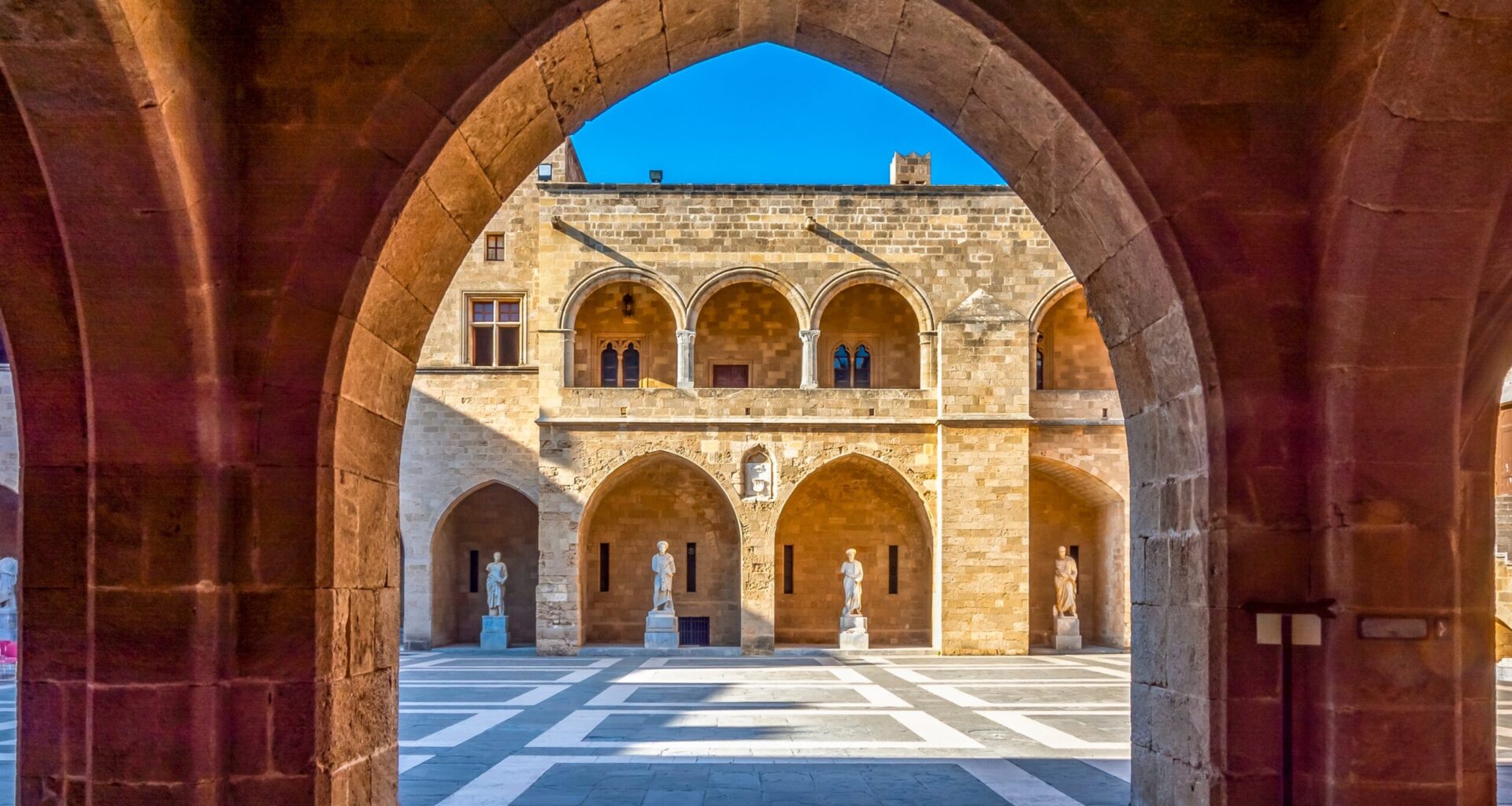Rhodes’ Old Town is a trip back in time without feeling like a museum. Behind its thick medieval walls, the 14th century still lingers—thanks to the Knights of St. John, who left an indelible mark on this place. Step through one of the nine gates, cross the moat, and you’re in a labyrinth of Byzantine churches, Ottoman mosques, and stone-paved squares. The Palace of the Grand Master, an early 20th-century Italian rebuild, looms at the top of the Street of the Knights. Go early to dodge the crowds, and let the history seep in.
Down at Mandraki Harbor, life hums along where the Colossus of Rhodes may have once stood. Bronze deer guard the entrance, while the Fortress of St. Nicholas and three windmills stand quietly, reminders of a working harbor that’s seen it all. Dockside cafes—like the Yachting Club Cafe—serve strong coffee and brunch with views of yachts that cost more than most houses. Sit long enough, and you’ll understand why the locals never seem to leave.
Lindos, 55 kilometers south, feels like a dream. Whitewashed houses tumble down to a perfect beach, cobblestone alleys wind past pebble-paved courtyards, and 16th-century captains’ mansions hint at its storied past. The Acropolis of Lindos, carved into the rock, dominates everything. Climb up to see the remains of the Doric Temple of Athena Lindia, a Hellenistic Stoa, and traces of the Knights’ legacy. The view alone is worth the sweat.
Before you leave, hit the Archaeological Museum in the old Knights’ Hospital for a glimpse of Rhodes’ ancient soul—giant heads of sun gods and all. If you’ve still got energy, the Museum of Modern Greek Art adds a splash of color to a town built on stone. Rhodes doesn’t try to charm you—it doesn’t have to. It’s all grit, history, and a little bit of magic.
02
Where to Eat in Rhodes Off-season
For centuries, Rhodes—both agricultural and commercial—developed little in the way of seafood cuisine. Legumes dominated the table, alongside atsi, a type of pasta made from semolina, egg, milk, and salt. With geometric shapes or elongated shell-like forms known as koulouria, matsi remains, in some villages, a traditional wedding dish. The more butter it holds, the more energy for the couple’s first night.
Goat, lamb, and poultry were staples, slow-cooked in the pot, which on Rhodes is called tsoukka. The double “k” is drawn out, like the rhythm of an island dance.
Seafood came with settlers from Symi, Kalymnos, and Kastellorizo—those who grew up collecting red sea urchins, sargos, and perch at the thresholds of their homes. Rhodians welcomed these settlers as family, absorbing the newcomers’ skills and tastes. They combined fishermen’s soups with matsi, transforming it into something uniquely Rhodian. Here, nothing foreign is carried as baggage or excess but rather absorbed, transformed into part of the island’s identity.
Rhodes is a gastronomic destination where even Apicius, the famed ancient gourmand, would have felt at home. Visitors seeking traditional flavors can dive into the culinary offerings of villages like Archangelos, Apollona, Embonas, Salakos, Seven Springs, Profília, Gennadi, Vati, Psinthos, Fanes, Soroni, Kalavarda, Kritinia, Ancient Kamiros, Ialyssos, Kremasti, Pastida, Maritsa, Kolympia, and Afantou. Each village offers its own distinct dish.
